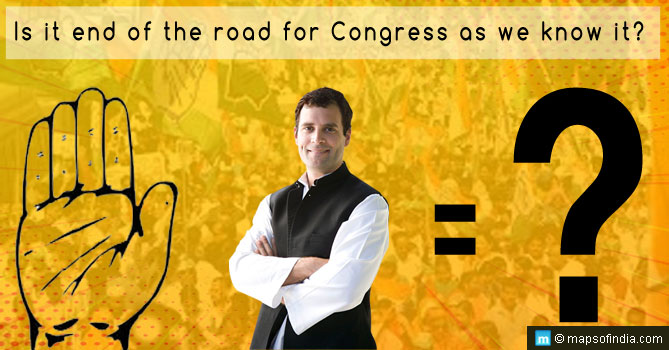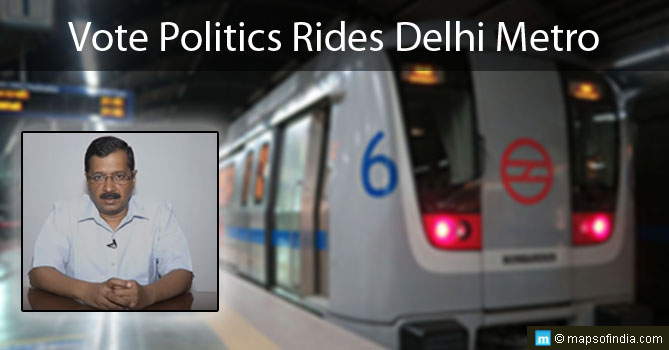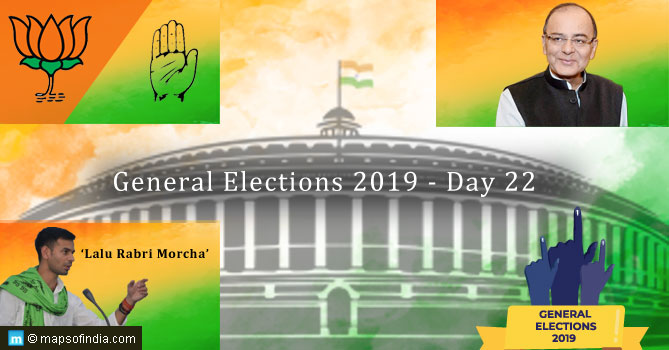The constitution states that India will be a union of states and the state of Telengana, carved out of the state of Andra Pradesh will in all probability become the 29th state of the union of India. The formation of this state is not a new one. Before Andhra Pradesh was formed in 1956 by integrating parts of Rayalseema with the erstwhile Hyderabad state, Telengana more or less existed in the form of Hyderabad. However, with the linguistic revolution gathering steam in southern India, Andhra Pradesh was formed with the erstwhile Hyderabad as its part.
However, after many periodic uprisings for a separate Telangana dating back to the year 1969, the government finally acceded to the demands for the creation of a separate state. The move by the UPA government is speculated as an electoral move to reverse the anti-incumbency suffered by the ruling Congress government in Andhra Pradesh. Nonetheless, Telengana is a product of many agitations and self immolations, particularly those by the students from the Osmania University of Hyderabad.
The question however, is will the Telengana move open the Pandora’s box and add fuel to the fire for the demand for new states on similar linguistic and ethnic terms? States like Assam, Uttar Pradesh and West Bengal have active agitations and demands for the creation of separate states. In West Bengal, the hill tribes of the northern part surrounding the beautiful hill station of Darjeeling have been demanding for the creation of a separate state called Gorkhaland. Over a period of more than 3 decades of agitation and violence which has caused the death of more than 1200 people, Subhash Ghising and Bimal Gurung have led the struggle for the creation of Gorkhaland. The proposed state offers to include areas adjoining Darjeeling, Kalimpong and some areas of the Terai and Doars of north Bengal. The Darjeeling Gorkha Hill Council (DGHC) was formed way back in 1988 and has administered the city of Darjeeling and its adjoining hills and towns for the past 23 years. In 2011, the Gorkhaland Janmukti Morcha (GJM) initiated and forwarded the memorandum for the formation of Gorkhaland Territorial Council. Similarly, the most politically influencing state of Uttar Pradesh is proposed to be fragmented into four parts. As a matter of fact, just before the state elections in 2012, the then Chief Minister, Mayavati, vehemently supported the move for the bifurcation of the state.
However, the most hardly hit state following the Telengana decision has been the north eastern state of Assam. Assam, which houses around 340 tribes has been experiencing such demands for almost 3 decades now. The most prominent among them have been the demands for the state of Bodoland and Kamatapur. Although, the Bodo Territorial Council was formed almost a decade ago in 2003 after bouts of insurgency and agitation by groups like Bodo Liberation Tigers and All Bodo Students Union, the Telengana formation has triggered the old demand for the creation of a separate state of Bodoland. Similarly, there has been demand to carve out a state from the adjoining border of north Bengal and Assam, called Kamatapur. With the Rajbongshi tribe dominating the demography of the region which has a population of around 65 lakhs, the demand has acquired violent proportions with the formation of insurgent groups like Kamatapur Liberation Organization (KLO). Another state and issue which has been acting as a thorn in the flesh of the Indian government is the demand for a larger Nagaland, called Nagalim, by the Naga people and groups like NSCN (IM) led by leaders like Isaac and Muivah. With the north east housing more than 800 tribes, the demand for a separate state by each community on ethnic lines is all the more visible with the day to day protests, road and rail blockades taking place in the region.
The question that pops up after the Telengana event is whether the central government had all these demands in the east and nort east of India in mind before proclaiming Telengana as the new state. People like Nitish Kumar has promoted the idea of having smaller states as according to him, these states are easier to manage and hence efficiently administer. However, with rampant corruption reports emerging out of the territorial councils, the question is are these so called leading groups matured enough to pass on the benefits of a new state to the people and not fill their private coffers?




